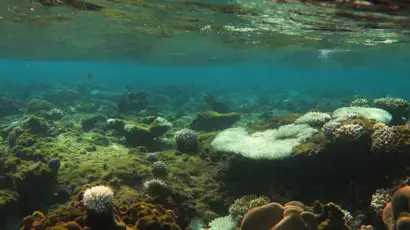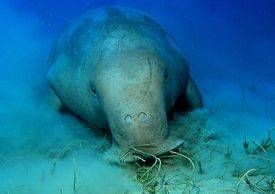Encountering wild dolphins in their natural habitat has become a very sought-after recreational activity in the tourist industry. As popular as it is, many overlook the level of harassment that bears upon the dolphins when approached either by swimming or by boat. The immense development of the touristic sector throughout the Red Sea is an enormous threat to the local dolphin population and conservative action has been taken and continues to evolve.
Threats to the marine wildlife range from improper boat practices, corralling of animals to noises that interfere with resting, mating, hunting, and diving behaviors.
Previous studies have shown that dolphins change their behavior, speed and movement, and even their group structure as a result of the presence of too many boats that come into close proximity.
In the dive site of Fanous West, Indo-Pacific bottlenose dolphins are harassed intensively by tourist boats operating in this region. The ongoing disturbance of their natural behavior could prevent the dolphins from resting and nurturing their infants. Therefore, one of the aims of the “Dolphin Watch - Natural Underwater Science” project is to create a protected area in the dive site of Fanous West and other critical habitats in the region. Furthermore, the conservation of these regions will also protect the whole underwater ecosystem in this area, like corals and reef fishes.
Film material since 2001 demonstrates that dolphins in Fanous West stay in this area mainly to rest. Between October 2009 and March 2012 “Dolphin Watch” identified 140 Indo-Pacific bottlenose dolphins in the area by using photo-identification techniques. Additionally, film material of more than 200 hours, “Dolphin Watch” has been able to investigate the social network and behaviors of local animals over a long-term period. Based on the research and documentation, at least 40 individuals were registered in Fanous West several times. These results demonstrate that Fanous West is visited regularly by the local bottlenose dolphins which indicate the importance of this region for the dolphin population.
In spite of the daily frustrations of the impact of sea tourism on the dolphins, HEPCA is empowered by the research from DolphinWatch and the Red Sea Dolphin Project to safeguard them. There is a momentum to protect multiple sites like Fanous West and others as with Samadai where guidelines are set that protect our natural treasures as well as enjoy them.





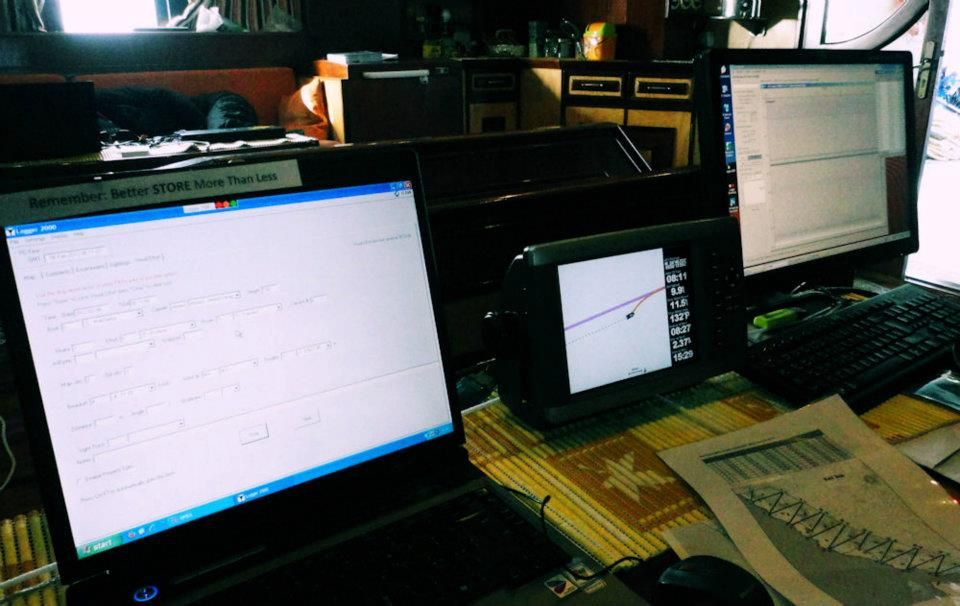
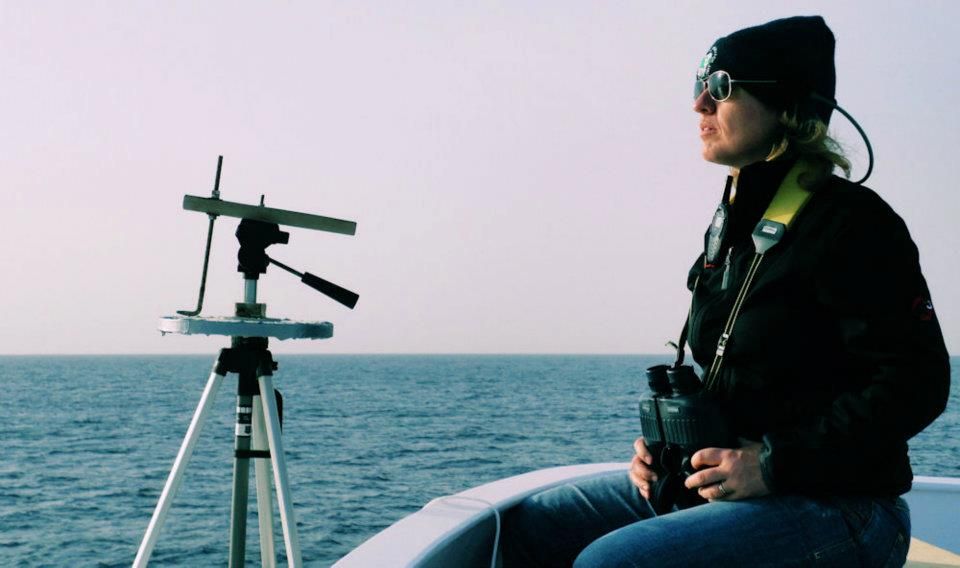
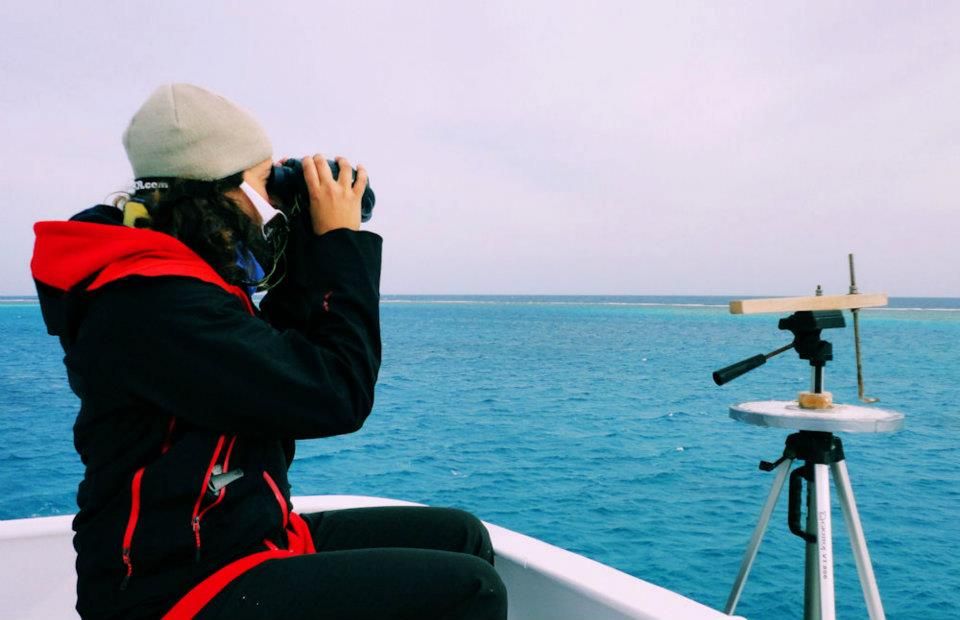
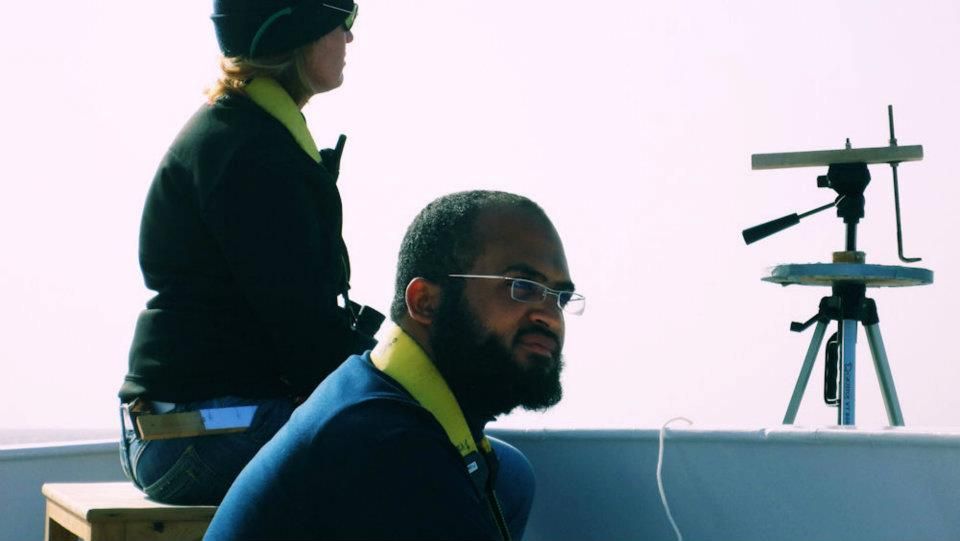
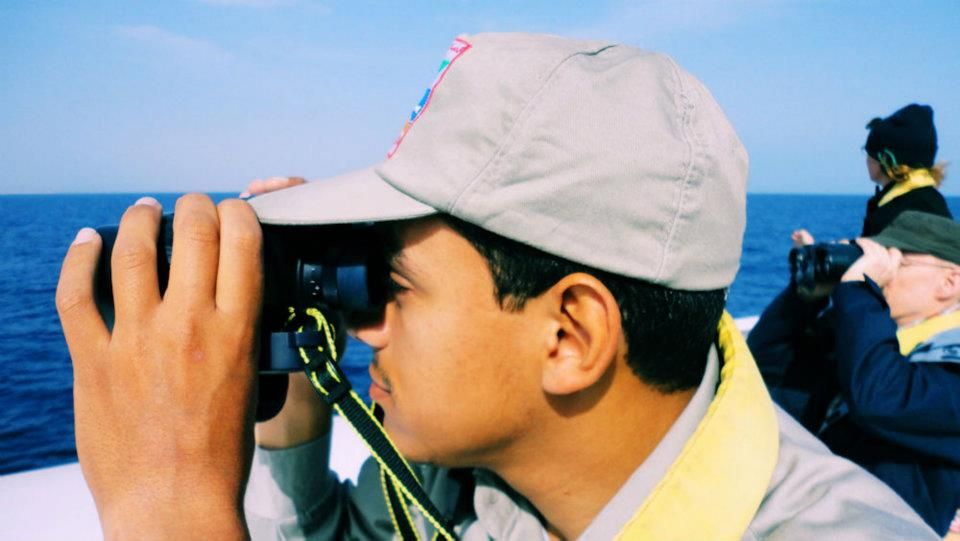
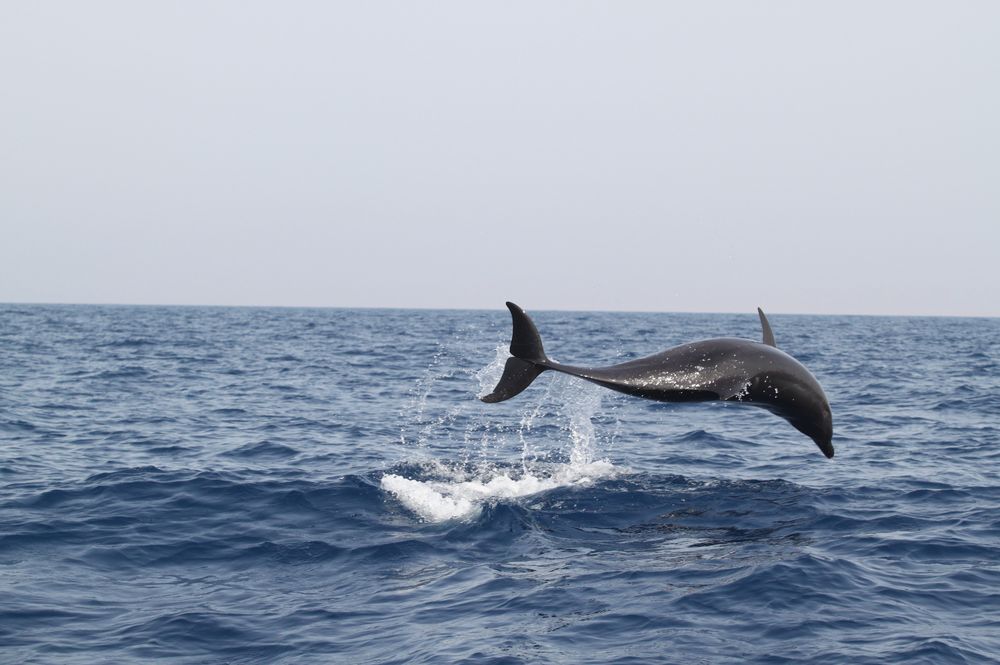
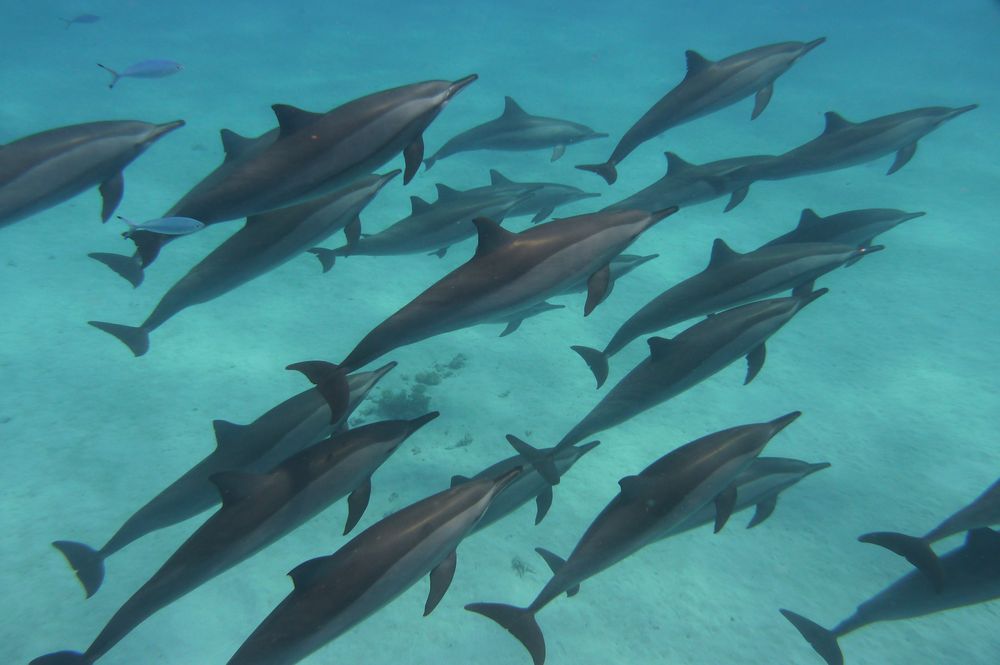
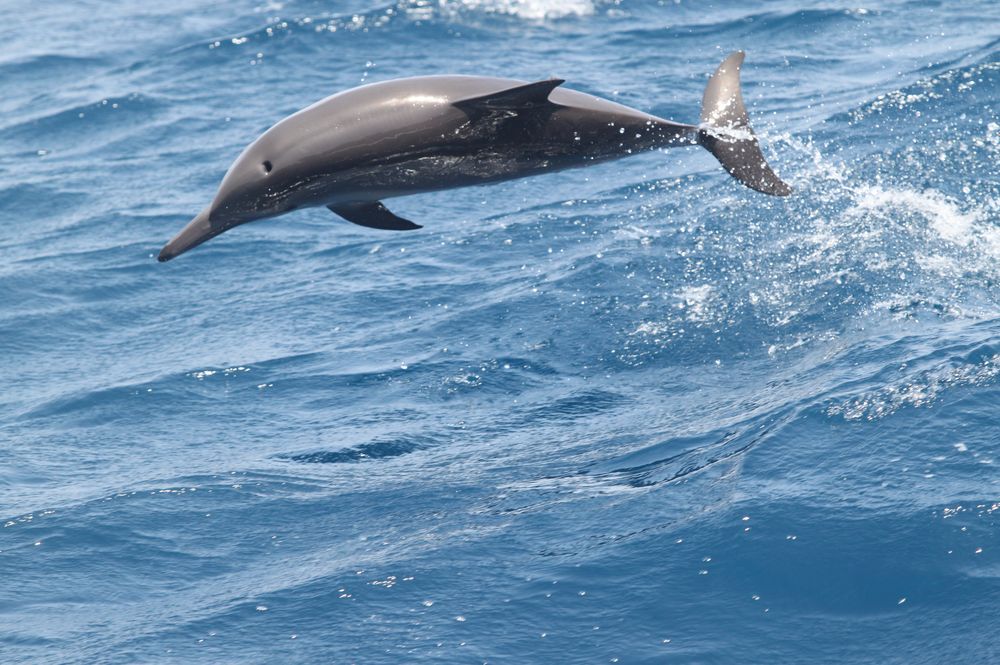
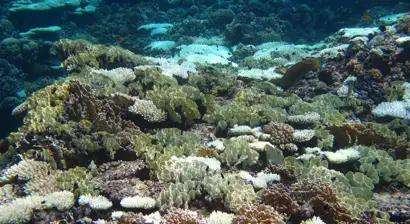
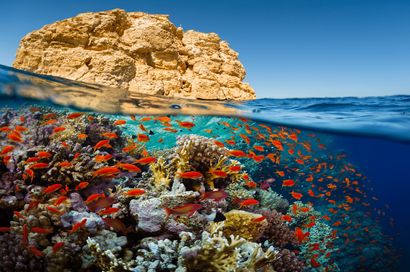
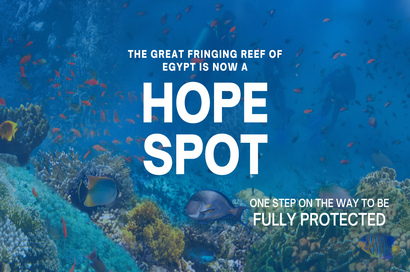
 - frame at 0m12s_lg.webp)
